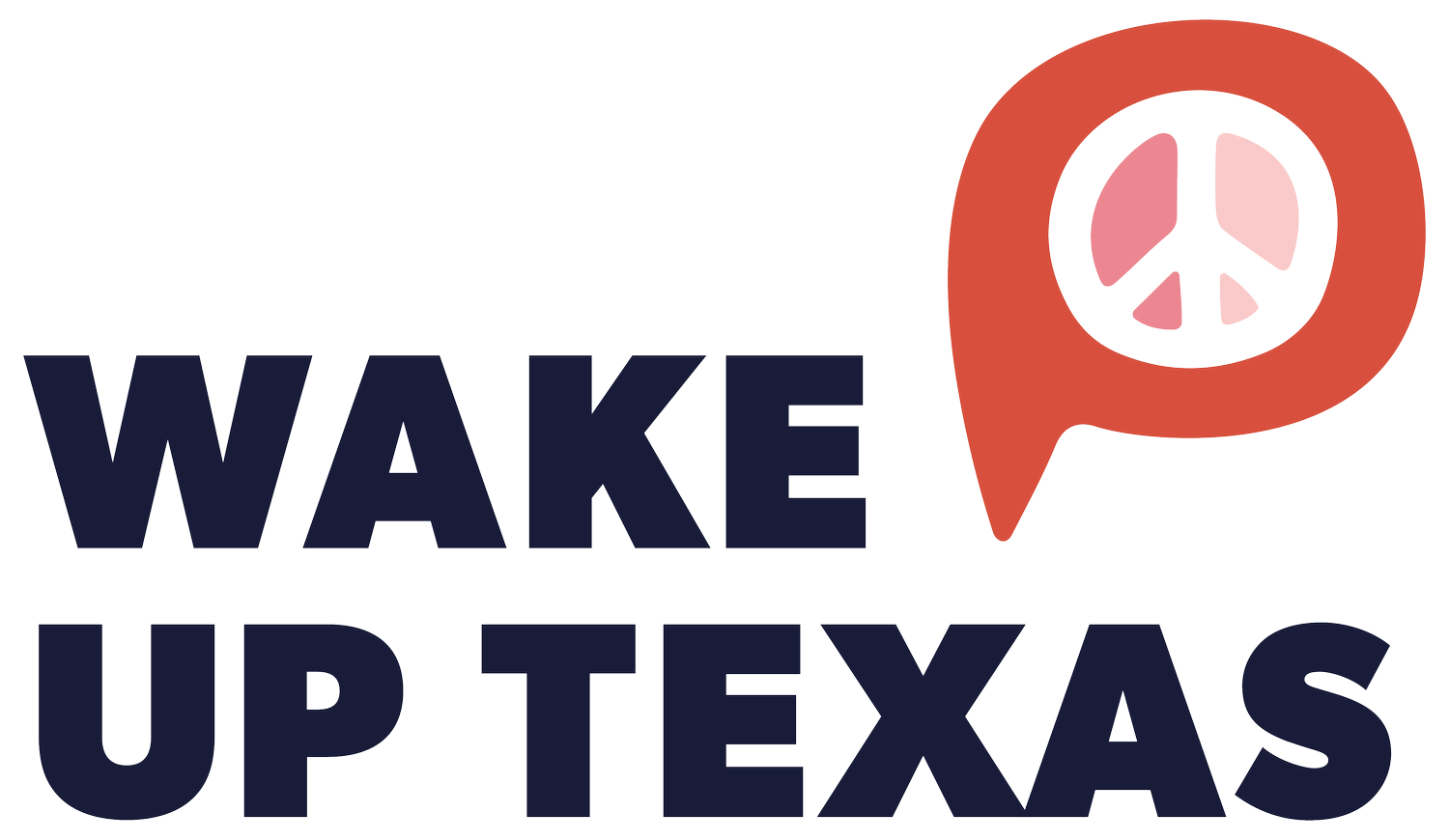How you can help people get out and vote
If you’re the type of person who votes in every election (even the off-year ones), it might feel utterly confusing that not everyone does so. You know that our country’s strength is its democracy, and want to honor the heroic individuals and movements who fought for the ability to cast a ballot.
But not everyone sees the world that way. In fact, many citizens don’t vote–either because they don’t know how, they’re worried about harassment at the polls, or they feel their voice doesn’t matter. It can be frustrating to encounter these concerns in others, because they might seem (to you) like barriers that are easy to overcome. For those who don’t vote, however, they may feel insurmountable.
There’s good news, though! Dozens of researchers have looked at the science behind getting people out to vote, and there is cold, hard evidence supporting the belief that anyone can be persuaded to vote!
Using the data on increasing voter turnout, here are the most effective ways of ensuring that people cast their ballot for the next election:
Understand that persuading people to vote requires many counterintuitive tactics. For example, you may feel tempted to tell non-voters that few people will be turning out for the next election, so their vote will count even more. However, data shows that this is not an effective strategy! A more effective message is one that triggers FOMO (the fear of missing out); if you tell non-voters that EVERYONE will be voting in the next election, they are much more likely to go to the polls.
One of the most effective ways to encourage voting is to help a potential voter imagine themselves going to the polls on Election Day. Asking questions like, “Do you have a sense of when you might go vote on Election Day? Before work, during your lunch break, or after work?” helps them envision themselves getting in their car with the intention to vote, walking into the polling place, and casting their ballot. Follow-up questions like, “Do you know the route to your polling place?” further solidifies their mental picture of voting–increasing the likelihood that they will follow through.
Another effective method for increasing voter turnout is leveraging the power of social connections. Studies show that people are more likely to vote if they feel accountable to their friends, family, or community. Encouraging non-voters to make a public commitment to voting—whether by posting on social media, texting a friend to say they’re going to the polls, or bringing a family member along—can increase the likelihood that they will cast their ballot. This approach taps into a sense of responsibility, not just to themselves, but to the people they care about.
Summary: Getting out the vote (GOTV) requires a deep understanding of human behavior and motivation. Rather than relying on generic appeals, effective strategies involve personalizing the voting process and making it feel relevant to the individual. By creating a mental image of Election Day, leveraging FOMO, and encouraging voters to make a public commitment, you can make a real difference in voter turnout. With the right tactics, anyone can become a champion for democracy and help ensure that every voice is heard.

